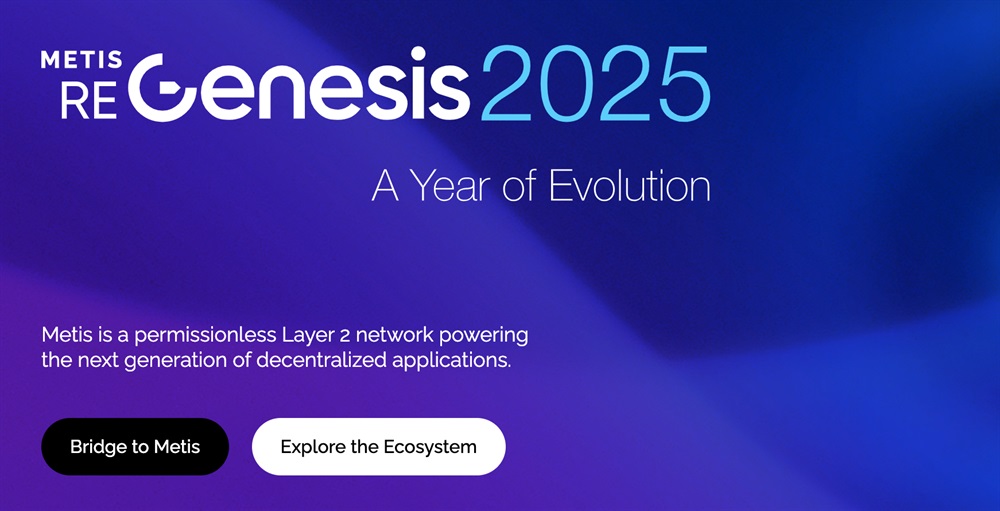Since its market debut back in 2021, popular Ethereum L2 Metis has constantly pushed the boundaries of the blockchain’s scaling paradigm. In fact, as part of their recently released Foundation Letter to the Community, Decentralization Coordinator Natalia Ameline outlined an extensive reflection on Ethereum’s ongoing evolution and the critical role it stands to play in shaping the next phase of the AI x Web3 economy.
With an emphasis on fostering AI integration and aligning economic and technological models, Metis’ approach moving forward highlights the necessity of building a Web3 infrastructure capable of serving the emerging AI ecosystem, especially since several industries — from finance to supply chain management to even healthcare — have integrated AI offerings into their operational frameworks, albeit a bit hastily.
The Metis team has acknowledged this while also recognizing that the technology’s reliance on high-end infrastructure demands a more comprehensive approach to facilitating this convergence.
Merging two seemingly disparate realms
From the outside looking in, the decentralized nature of the blockchain offers up several unique challenges when it comes to aligning AI systems with the ethos of trustless computation and transparency. Metis’ near term roadmap, in this regard, seems to be twofold in nature.
First, Metis wants to provide an optimized technological foundation tailored to AI’s needs, and second, to actively incubate projects that drive forward AI’s potential within a fully decentralized setting.
Also, unlike other sectors such as DeFi and GameFi, which emerged from traditional industries and adapted to the blockchain, AI-centric advancements are steeped in computing and human intent. Thus, Metis wants to craft a future where the blockchain’s role is purpose-built rather than simply accommodating an existing trend.
To this point, the platform has taken a deliberate approach to ensuring that its infrastructure can support intensive AI applications effectively. For instance, the decentralization of its sequencer network — a key milestone from Metis in the last innovation cycle — has been a major step in this direction, providing a solid foundation for the next wave of AI-centric dApps with eliminating single points of failure and ensuring transaction reliability.
Moreover, by optimizing its ecosystem for low-latency, high-throughput processing, Metis has further created an environment where AI agents can operate seamlessly.
An exploration into Metis’ vision for the future
Metis’ recently unveiled ReGenesis campaign also offers a systematic implementation of crucial enhancements to its infrastructure. This includes improved security and performance, amongst other things.
Additionally, future upgrades are also primed to align with Ethereum’s broader technological advancements, particularly with the adoption of EIP-4844 blobs. By leveraging this technology, Metis is looking to reduce data costs and enhance accessibility, making it more cost-effective and efficient.
This corresponds perfectly with their strategy of supporting projects like LazAI, which are focused on addressing AI alignment issues and data ownership through blockchain-based data verification and governance structures.
Lastly, Metis is set to implement fraud proofs during Q1 2025, followed by full EVM equivalence by Q3, thereby setting up the necessary technical foundations — for security, data integrity, throughput, and seamless developer experience — necessary for AI’s integration with the blockchain.
In closing, Metis’ Foundation Letter puts forth a compelling vision for the future, one that addresses the immediate challenges related to blockchain scalability as well as sets the stage for the next wave of innovative AI-infused dApps.












